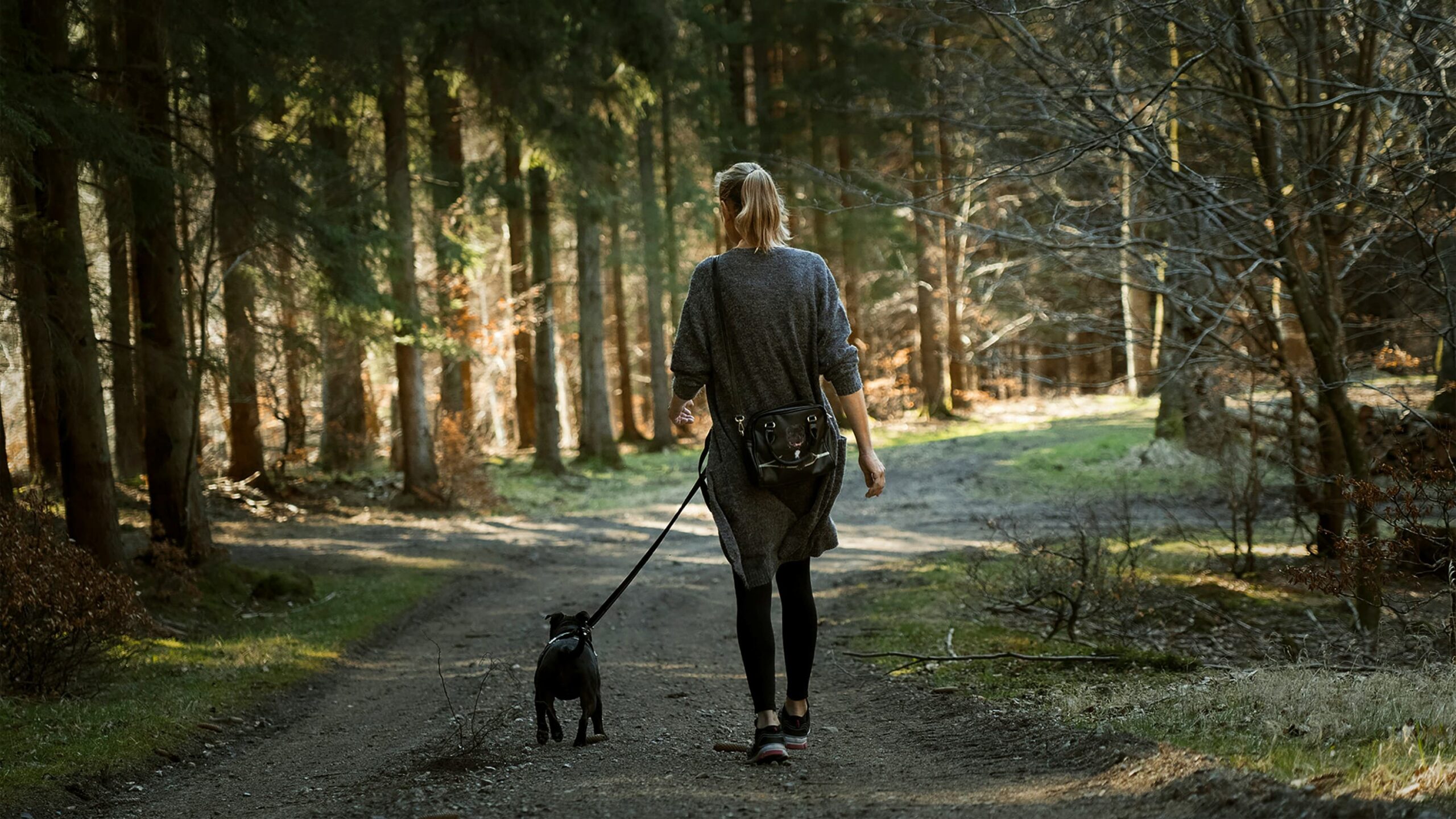As National Walk Your Dog Month ended last month, we feel now is a good time to remind pet owners why the event’s purpose is still important in February and beyond.
Having successfully completed months of sub-zero walks, heavy rain and icy conditions, sticking to a regime of regular exercise and pet bonding should only get easier from now on.
Here we discuss the history of Walk Your Dog Month and how to maintain the New Year motivation throughout 2024.
How was Walk Your Dog Month first introduced?
The initiative of this month-long event isn’t as confined as the name may suggest. Over the years, it’s adopted a direct association with healthier living, through exciting and consistent dog walking. And whilst this is still an important part of what it’s about, it wasn’t the event’s first and only purpose.
According to UK Pet Food (formerly PFMA), pet obesity is a growing issue, with over 50% of dogs classed as overweight or obese by veterinary professionals in 2022. As a result, Walk Your Dog Month was created to tackle the weight problem affecting pups worldwide.
Regular walks are something every dog owner can and should be doing to control their pet’s weight and limit the risk of obesity. Walks can be as simple as a brisk stroll and are just as effective as longer spouts of exercise when repeated throughout the day. Although these little bursts of activity don’t seem like much, their role in reducing the risk of secondary weight conditions, such as arthritis and kidney disease, is something no dog can afford to miss out on.

How can I continue celebrating National Walk Your Dog Month?
- Switch up the route
It could be that you and your pet are starting to outgrow your normal journey and repeating the same route has become monotonous. This usually calls for a change of scenery, so on the days where you have a little more time to spare, try driving or walking to different locations to reap the benefits of walking in a range of outdoor spaces.
- Train your pup
Daily walks should be taken as an opportunity to train and practice recall with your pet so they can learn to behave in an environment where they will often be. You can try different forms of play, such as fetch, so your pet continues to learn and listen more attentively. Being too strict with puppy training will only force your pet to associate your commands with a negative action or something they don’t want to do.
- Invite others to join you
Walking with an extra person can instantly make exercising your pet more enjoyable and increase the longevity of it happening regularly. If someone in the house is free, encourage them to get involved and join you so they can also experience the mental and physical benefits of walking.
Catching up over a dog walk has become more popular, with many pet owners meeting family and friends over puppy playdates in the park. Not only does this help with the socialisation of your pet, but it also improves the quality of their exercise as the walks tend to be longer.
- Dress to suit the conditions
Having experienced the winter conditions for a while now, you should be used to dressing your pet to suit the weather. Wrapping up warm with the appropriate clothing and layers will make the windy walks much easier to bear for both you and your dog.
Remember to adapt your pet’s clothing as the seasons change. Dogs can quickly overheat when exercising, so we recommend a thinner jacket or leaving their coat at home when you feel temperatures warming up.

Having cared for and created industry leading healthcare products for the UK’s pets since 1921, we want to promote ways to keep pets happy and healthy. Walking and exercise more broadly is essential for dogs mental and physical wellbeing. If you want them to have the best possible chance of a long, illness-free life, we strongly encourage you walk your pet every day.





